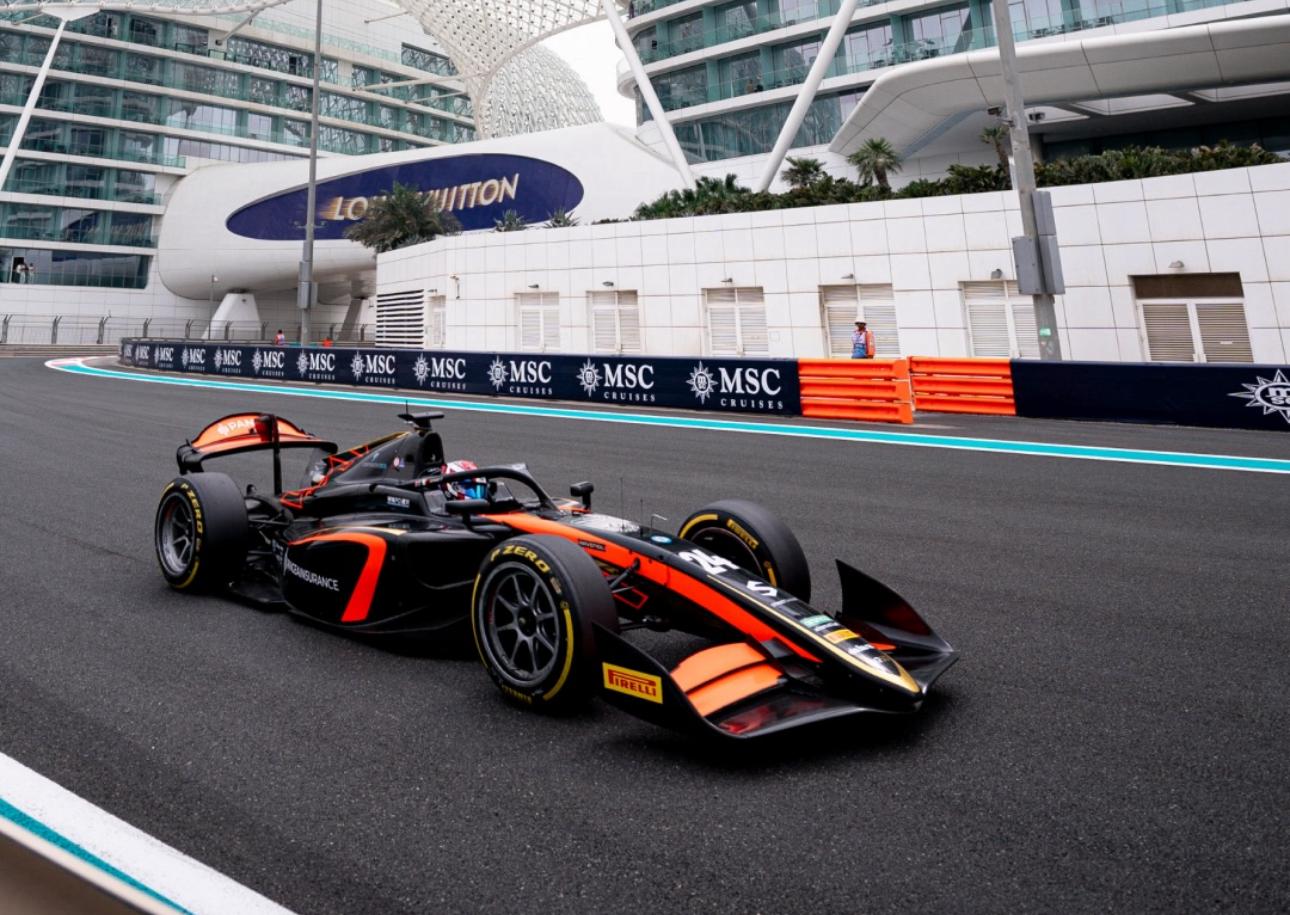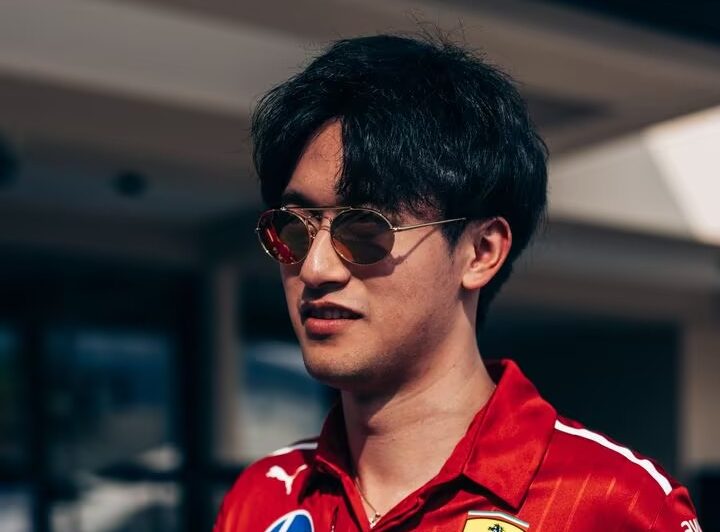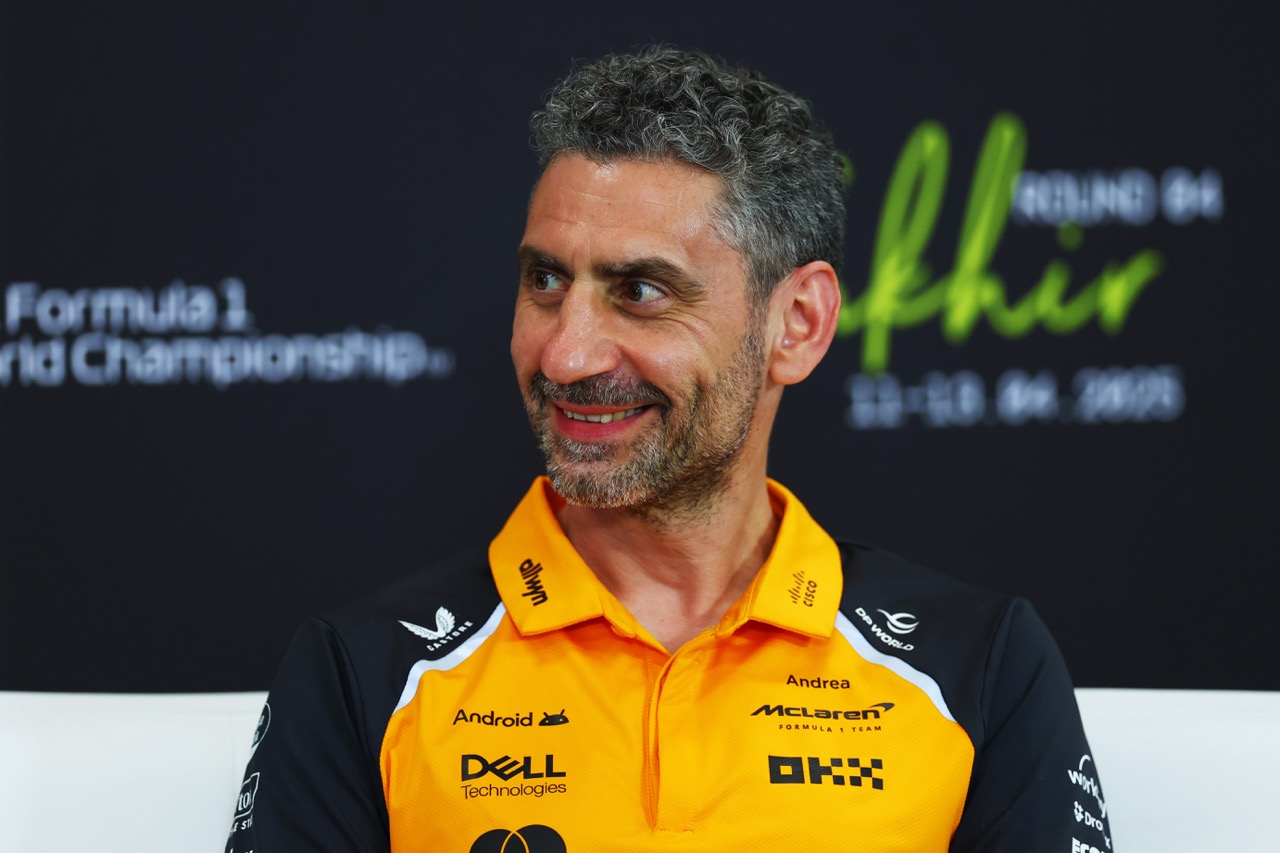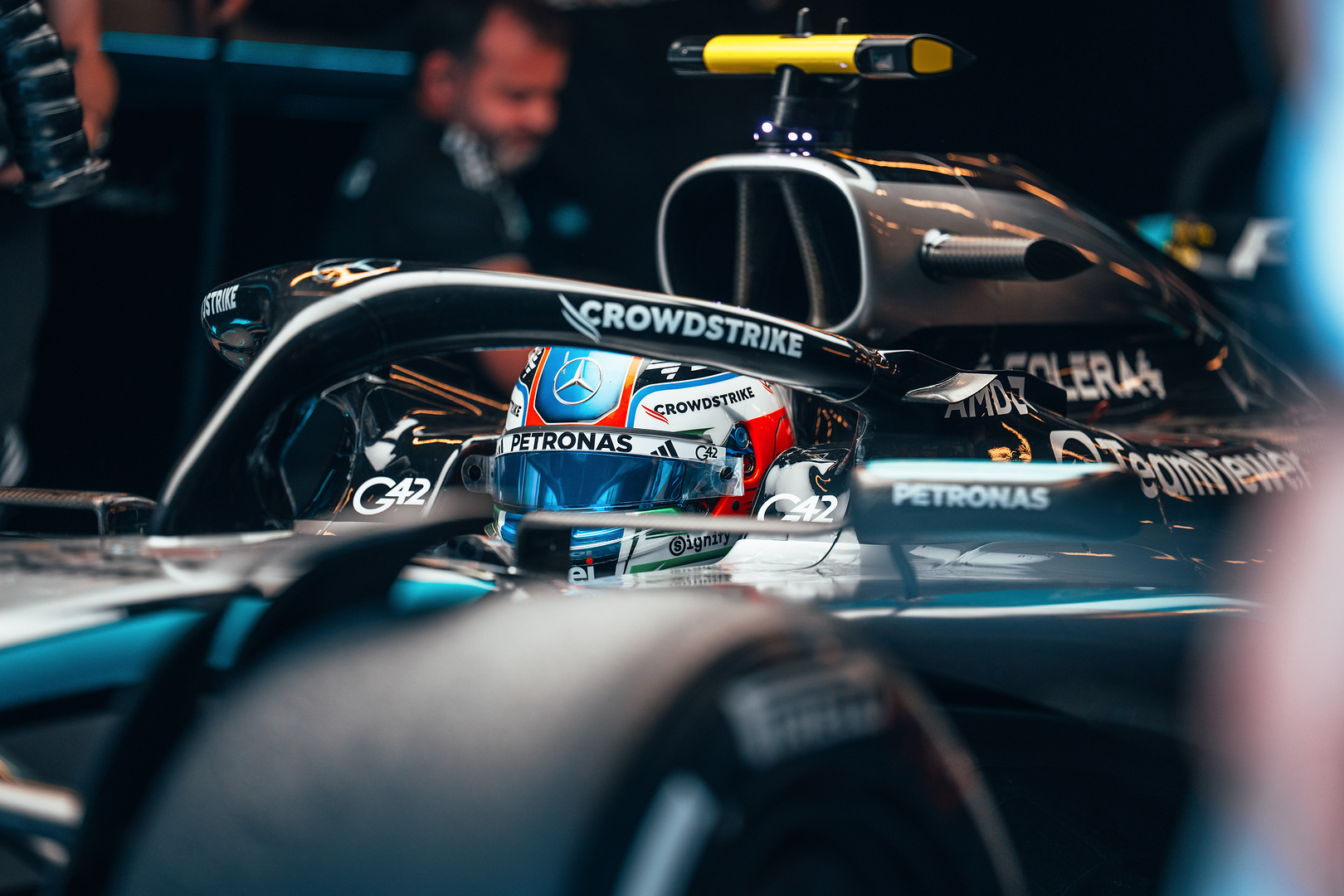
Photo Credit: Scuderia Ferrari Media
After the disappointing Dutch GP, Ferrari found redemption at Monza, returning to the second strongest in the field and got on the podium. A podium that perhaps will not arrive in the next Singapore GP, in which the team do not have great confidence but in which (as in the remaining 8 GPs) the Scuderia will be able to count on a new hybrid delivery strategy which, since introduction at Monza, has allowed for better tyre management and the possibility of having more power over one lap.
Following a very difficult Dutch GP, Ferrari achieved redemption in the Italian GP, regaining competitiveness in Monza which moved well, in terms of characteristics, to the SF-23 which proved fast and allowed the Cavallino to return to the podium and be the main challengers to Max Verstappen.
A performance which, ultimately, did not allow the red car to fight for the victory against the Red Bull, which was impregnable in terms of pace and capable of nullifying even the strenuous defense of the Ferrari. A weekend, therefore, which ended in third and fourth place and with an extraordinary pole under its belt thanks to Carlos Sainz, and which gave the team confidence to face the rest of the season, starting from the Singapore GP.
A weekend in which, as written by Franco Nugnes on ‘Motorsport.com’, the Scuderia’s redemption was possible thanks to the aero configuration for the Italian track, but not only for that reason.
“In the Italian GP, Ferrari approved the fourth PU of the season, […] to have a fresh engine […] in the knowledge of being able to aspire to the podium. The technicians wanted to exploit the adaptability of the SF-23 to the minimum downforce set-up which made it possible to enhance the efficiency qualities, hiding the chronic lack of downforce. […] And Ferrari overtook Aston Martin into third place in the Constructors’ Championship. Monza’s attention was catalysed on the aerodynamic appearance of the SF-23 […] and less attention was paid to the PU. It is right not to emphasize the value of the engine even if Gualtieri’s engineers pushed the fresh unit with a rather extreme mapping, without fearing reliability.”
In addition to the low-load wings, a new PU electric power delivery strategy was also introduced on the SF-23.
“Ferrari at Monza introduced a step in the management of the hydride. The electronics developed new strategies to have a better parcellation of the electrical energy over the lap. Observers had noticed that there was a clear superiority of the RB19 from the Parabolica up to the finish line, then there was a Ferrari lead up to the braking point. The most logical explanation was aerodynamic, […] but the influence of the different use of the hybrid was overlooked: the regulation allows for development during the season and the Scuderia took advantage Monza to enhance new strategies.”
New delivery strategy which has allowed us to obtain both greater power (or rather, power distributed as best as possible over the lap, thus avoiding ‘clipping’ at the end of the straight) and benefits in tire management.
“The study […] to understand where the tire wear was originating […] demonstrated that it did not depend only on the lack of downforce on body, but also on too abrupt a release of electrical power when exiting corners. Ferrari has reworked the hybrid strategies with a more efficient “deployment”, thanks to which the energy is distributed better, lasting longer during the lap with an improvement in performance. The Cavallino team will also carry this advantage into the next eight GPs that remain at the end of the championship: obviously the strategies will be reviewed according to the characteristics of each track”.
Benefits that the drivers will be able to enjoy in the remaining races, starting from the Singapore GP where, in addition to the new hybrid part, a rear wing should also arrive to help the SF-23 adapt to slow tracks.
“In Singapore the reds will not have the same ambitions as the Italian GP, as Marina Bay is a maximum load circuit, but Enrico Cardile’s engineers hope to alleviate the difficulties seen in the Netherlands. There will be a rear wing suited to the characteristics of the track and the intention is to confirm itself as third force, avoiding a fool like that of Zandvoort…”





